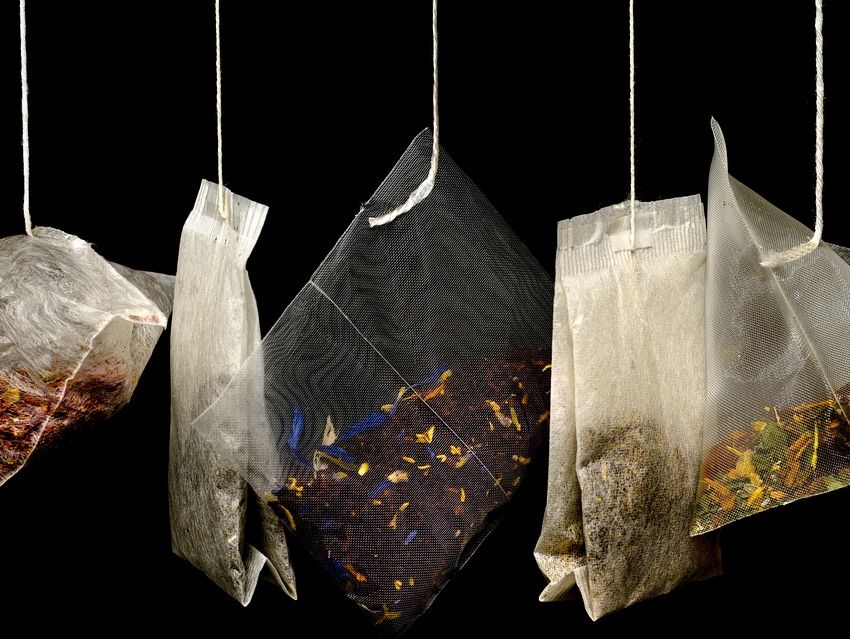Microplastics are increasingly detected in our food, e.g., in table salt, fish, mussels, tap waters, and water bottles sold around the world. The annual human consumption of microplastics ranges between 39,000 and 52,000 particles depending on sex and age. Attempts are being made to lower the spreading of plastic pollution by phasing out its use in consumer goods. However, still, new applications of plastic are being introduced.
Nathalie Tufenkji and colleagues, McGill University, Montreal, Quebeck, Canada, determined whether plastic teabags could release microplastics and/or nanoplastics into the beverage during a typical steeping process. To mimic conditions used when brewing a cup of tea, the researchers cut open and emptied the teabags of four different commercial teas packaged in plastic teabags. The teabags were then steeped in reverse osmosis (RO) water for 5 min at 95 °C. The resulting teabag leachate was analyzed for the presence of particles by scanning electron microscopy (SEM). The composition of the particles was analyzed by X-ray photoelectron spectroscopy (XPS) and Fourier-transform infrared spectroscopy (FTIR).
The team found that a single plastic teabag released approximately 11.6 billion microplastics and 3.1 billion nanoplastics. The researchers matched the composition of the released particles, nylon and polyethylene terephthalate, to that of the original teabags. The levels of nylon and polyethylene terephthalate particles were several orders of magnitude higher than plastic loads previously reported in other foods.
The team also explored the effects of the released particles on Daphnia magna, water fleas often used as model organisms in environmental studies. This initial acute invertebrate toxicity assessment showed that exposure to only the particles released from the teabags caused dose-dependent behavioral and developmental effects. According to the scientists, more research is needed to determine what effects the particles could have on humans.
- Plastic Teabags Release Billions of Microparticles and Nanoparticles into Tea,
Laura M. Hernandez, Elvis Genbo Xu, Hans C. E. Larsson, Rui Tahara, Vimal B. Maisuria, Nathalie Tufenkji,
Environ. Sci. Technol. 2019.
https://doi.org/10.1021/acs.est.9b02540




